Your cart is currently empty!
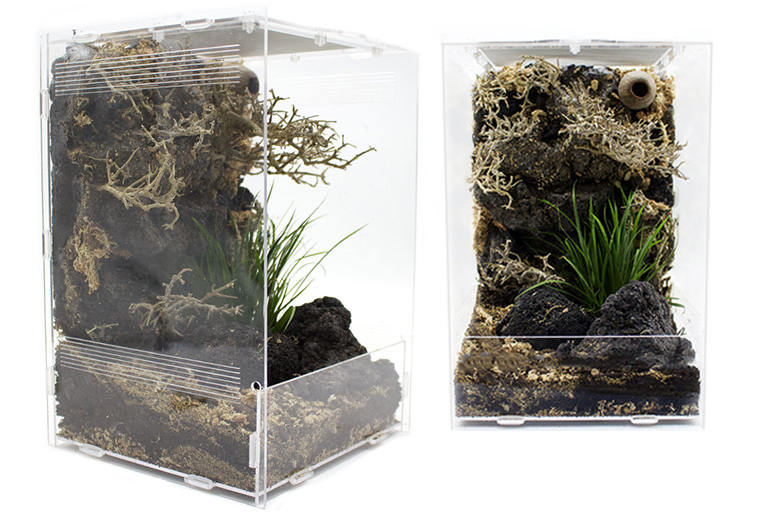
Setting up a jumping spider terrarium: Step-by-step instructions
From
on
A well-designed terrarium not only offers your jumping spider a safe environment, but also a small adventure land for exploring and climbing. With the right materials from our store, you can create an individual and natural home that will not only please your jumping spider, but also your eye.
For the design, we use an Insektenliebe acrylic terrarium (20x19x29 cm), which is well suited for jumping spiders. Alternatively, you can also use a glass terrarium, depending on your preferences and the decor you want to create in the terrarium.
The start: Designing the back wall and creating structure
First, prepare the basic mixture for the terrarium. Use a mixture of 30 % forest humus, 40 % desert sand and 30 % sphagnum moss. Make sure to mix the three ingredients thoroughly until you have an even, loose substrate mixture. This mixture forms the basis for the design of the back wall and will later provide a natural, well-aerated structure that retains moisture and creates a pleasant climate in the terrarium.
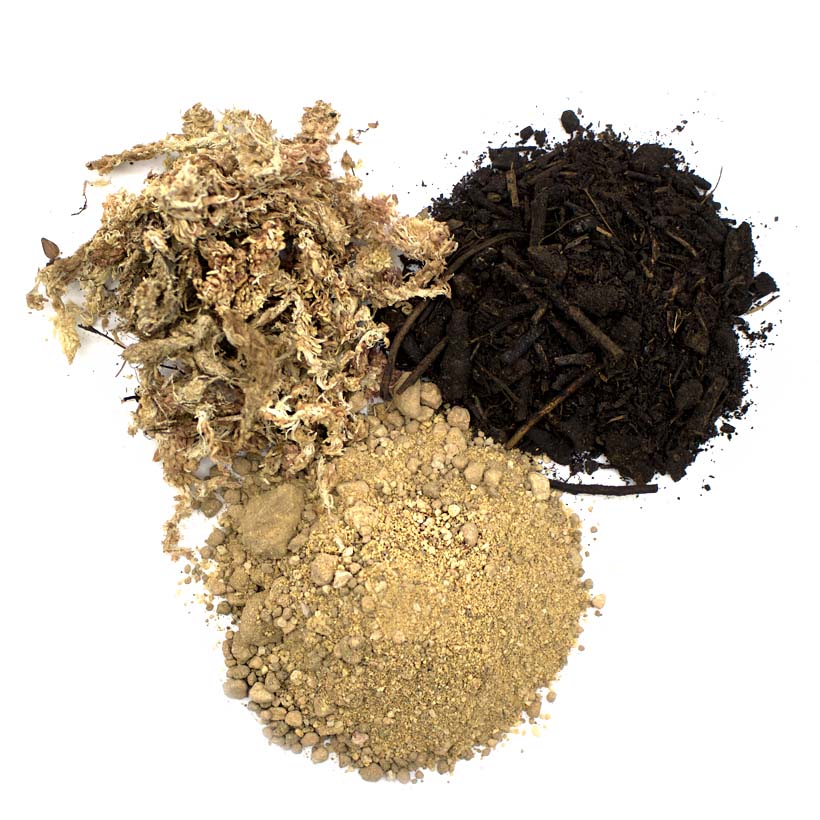

Everything you need for implementation at a glance:
Forest humus
Desert sand
Sphagnum moss
Then cut the mini tree into different pieces, which will later be integrated into the back wall. Now apply the modeling foam to the back wall of the terrarium as a base. While the foam is still wet, spread the prepared mixture evenly to create a natural and non-slip surface.
Once the back wall has been prepared and the mixture of forest humus, sand and sphagnum moss has been evenly applied, the next step is to create a varied and natural structure for the terrarium. To do this, place the pre-cut pieces of Mini Tree L along the back wall. Make sure to arrange the pieces in such a way that different levels and hiding places are created – this promotes the natural behavior of your jumping spider and offers it optimal climbing opportunities.
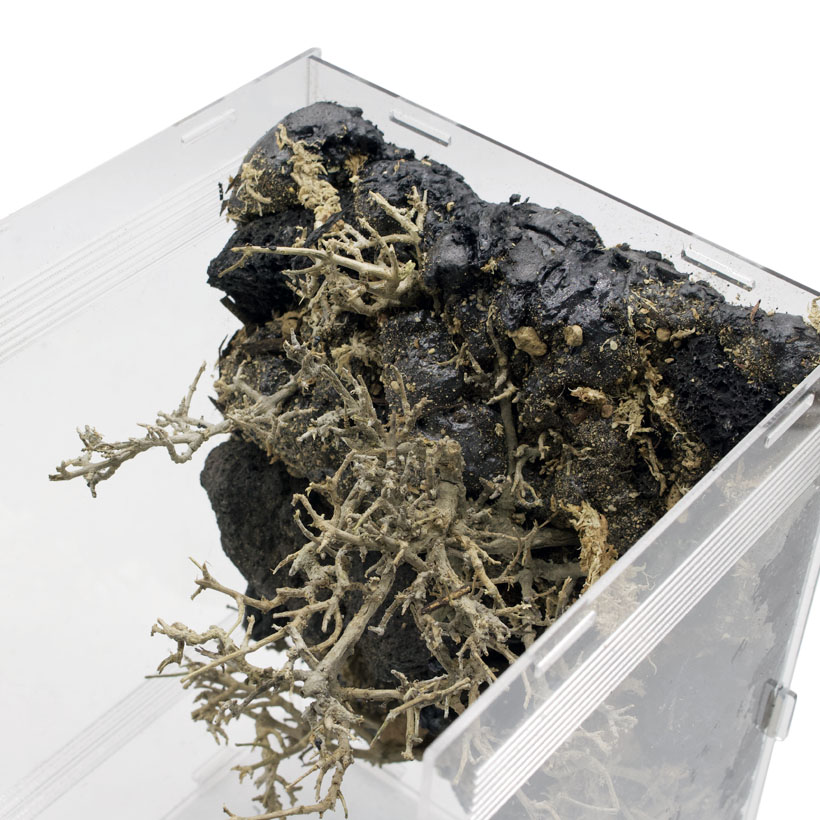
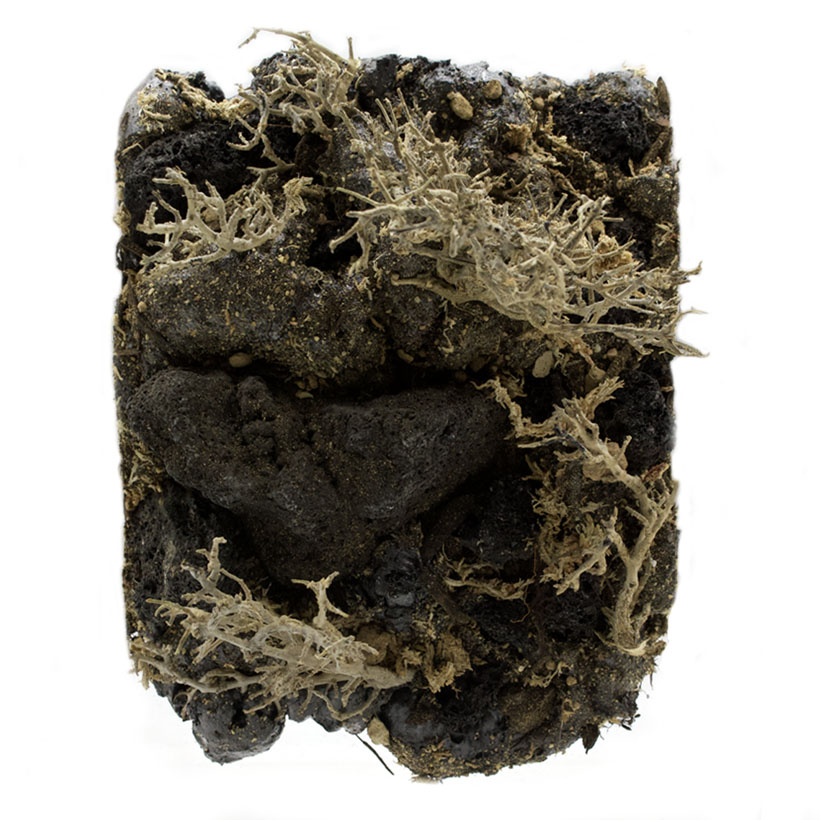
An overview of the materials required for this step:
Insektenliebe acrylic terrarium
Modeling foam
Mini tree
The eucalyptus bell can provide a special highlight in the terrarium. This nut is carefully pressed into the upper region of the back wall while the modeling foam is still damp. The eucalyptus bell creates a natural cave that serves as an ideal retreat for the jumping spider.
It can hide here if necessary, for example during moulting or in case of danger. The protected position and dark surroundings offer the spider a safe place that increases its well-being in the terrarium.
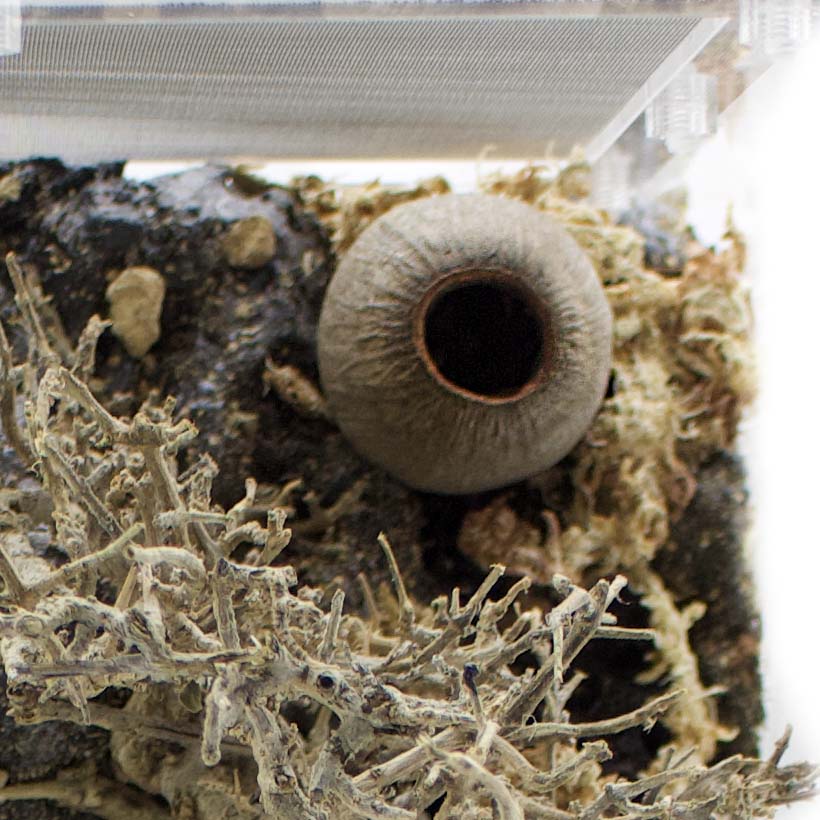
Eucalyptus bells
You can find the eucalyptus bell here:
Creating the substrate and planting
Now prepare the substrate to make the base of your terrarium natural and functional. Use the remaining quantities of forest humus, desert sand and sphagnum moss and mix them thoroughly. Spread this mixture evenly over the bottom of the terrarium to create a loose and well-aerated base that provides your jumping spider with a natural substrate.
The next step is to plant the selected plant, which will provide additional shade and a nice green touch to the terrarium. Make sure that the plant is well embedded in the substrate so that it is stable. Finally, place the lava rocks strategically on the floor – they serve as climbing points and ensure that the structure in the terrarium remains varied. This creates an environment in which your jumping spider can feel completely at ease.
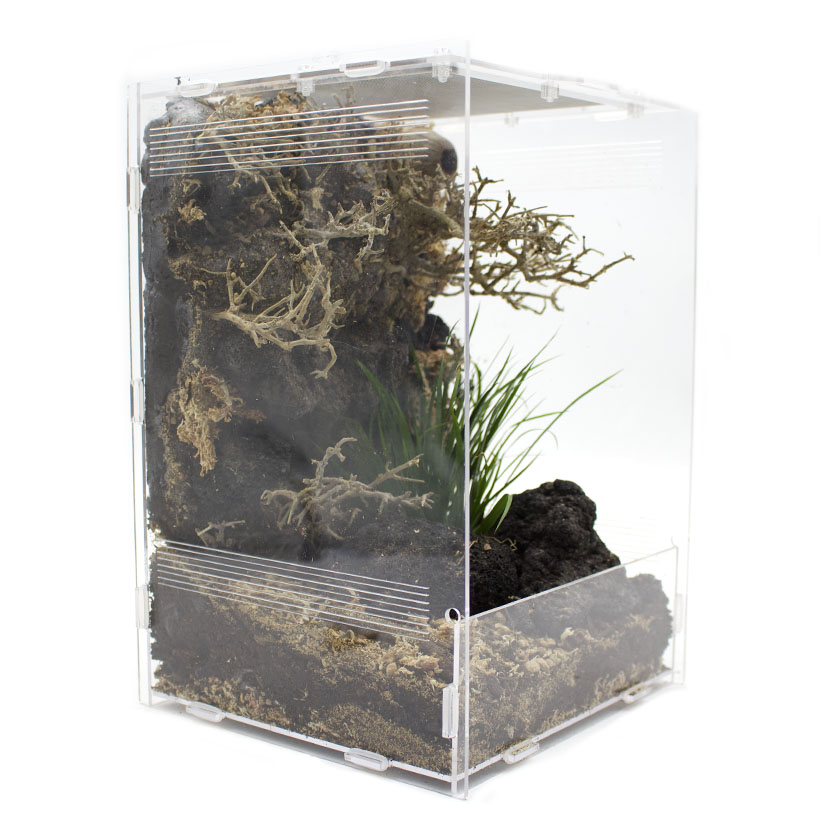
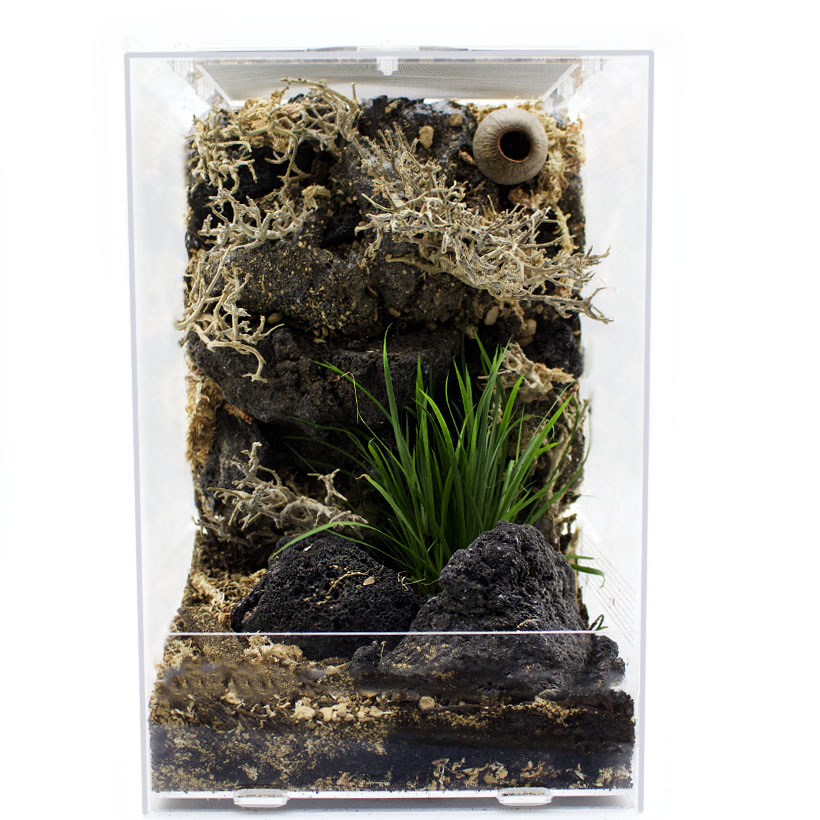
You can find the right products for this step here:
Premium lava stone
Acorus gramineus “Pusillus”
Completion and final details
Once all the elements have been placed and the modeling foam has dried completely, you should carefully check the terrarium for stability. Make sure that all decorative elements are securely anchored and that the substrate is evenly distributed. Now you can present your jumping spider with its new home! The combination of natural structure, various places to retreat to and climbing opportunities offers ideal conditions in which it can feel comfortable and pursue its natural behavior. Watch as your spider explores the different levels and hides in its eucalyptus bell or between the lava stones – creating a small ecosystem that will delight you and your jumping spider for a long time to come.
If you have any further questions, please leave them in the comments below the article.
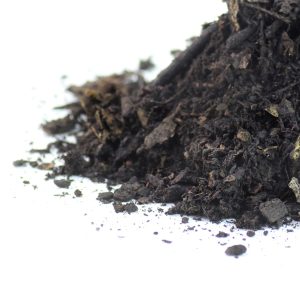
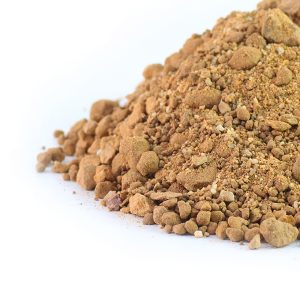
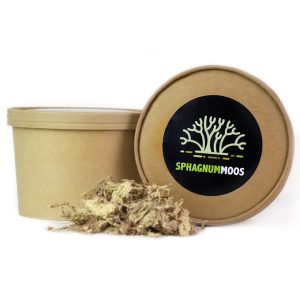
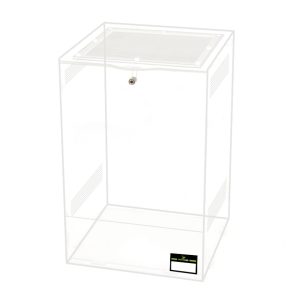

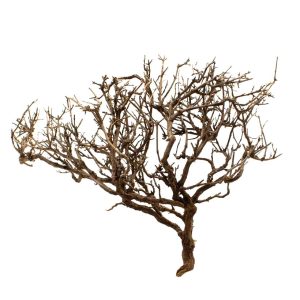
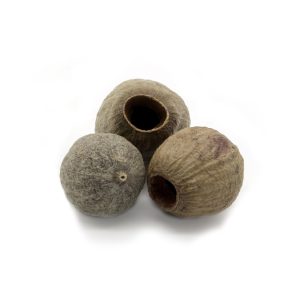


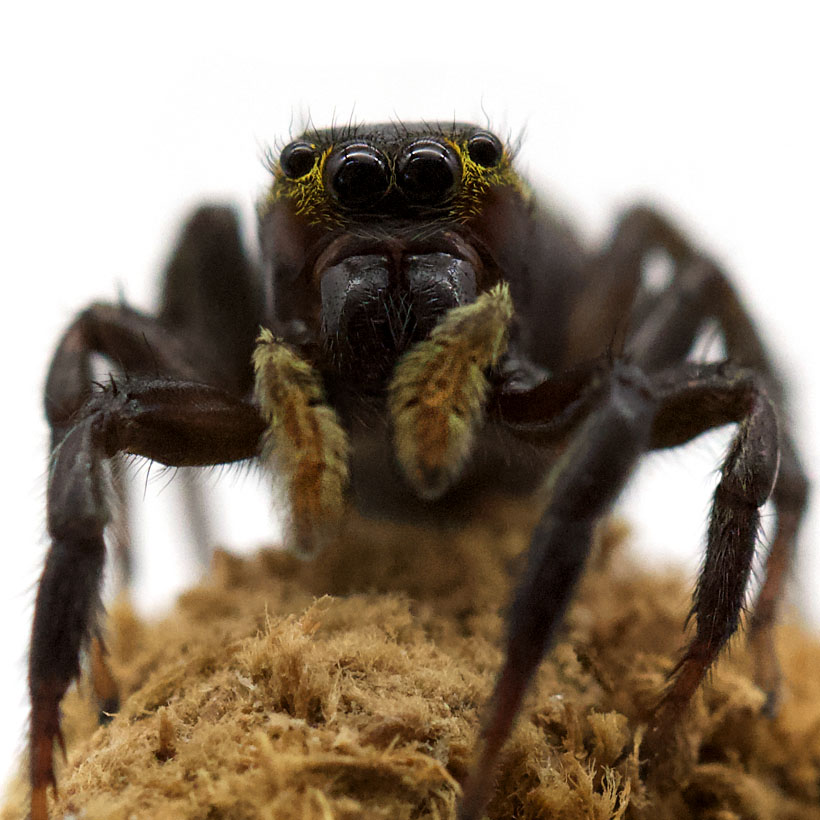

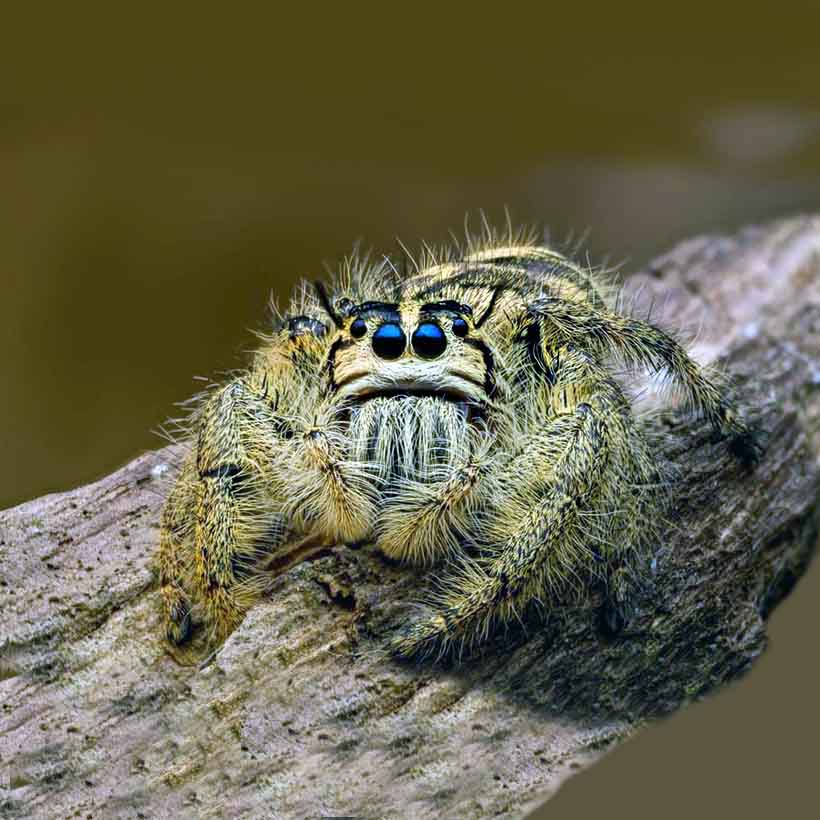
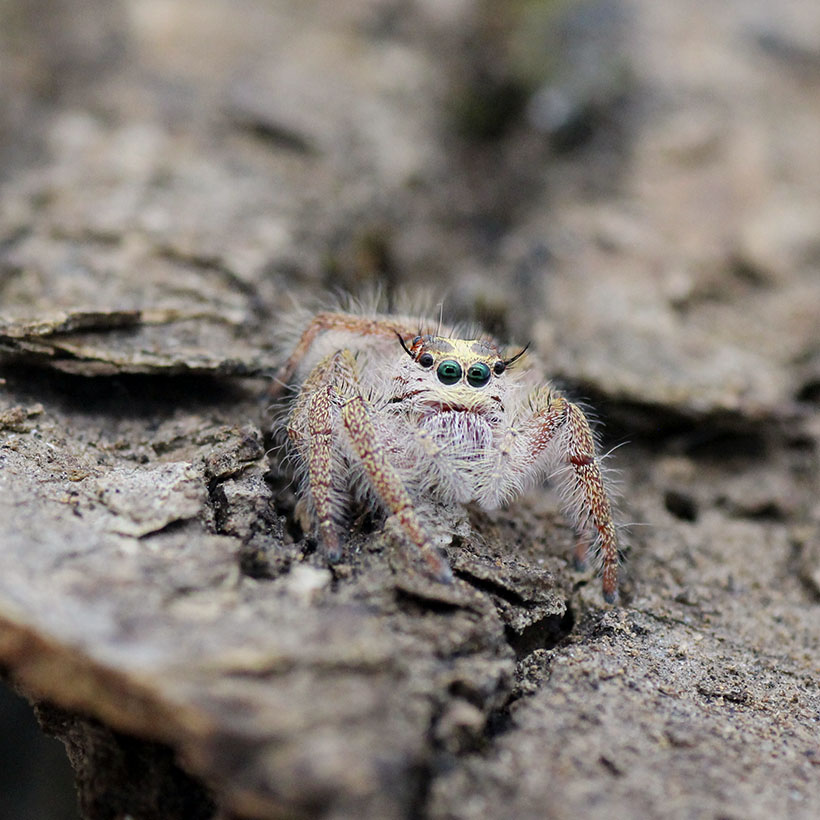
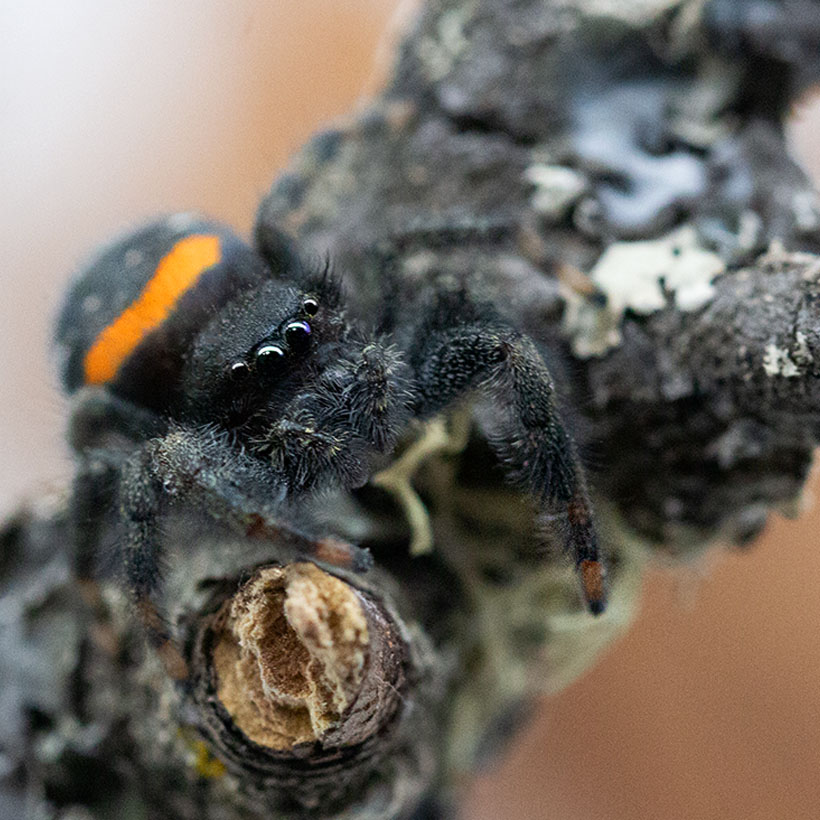
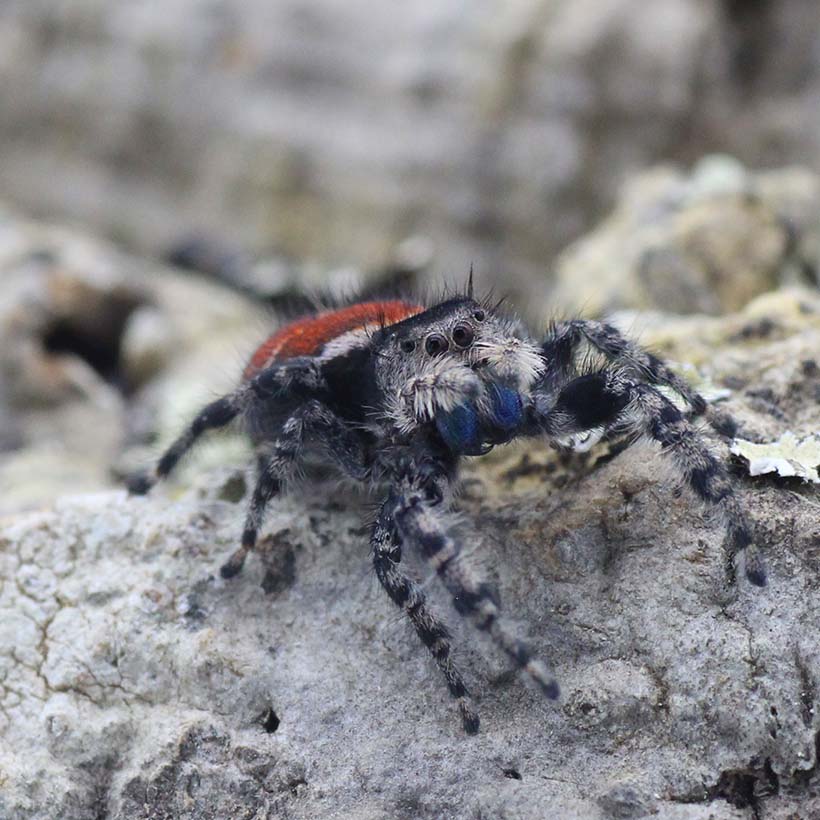
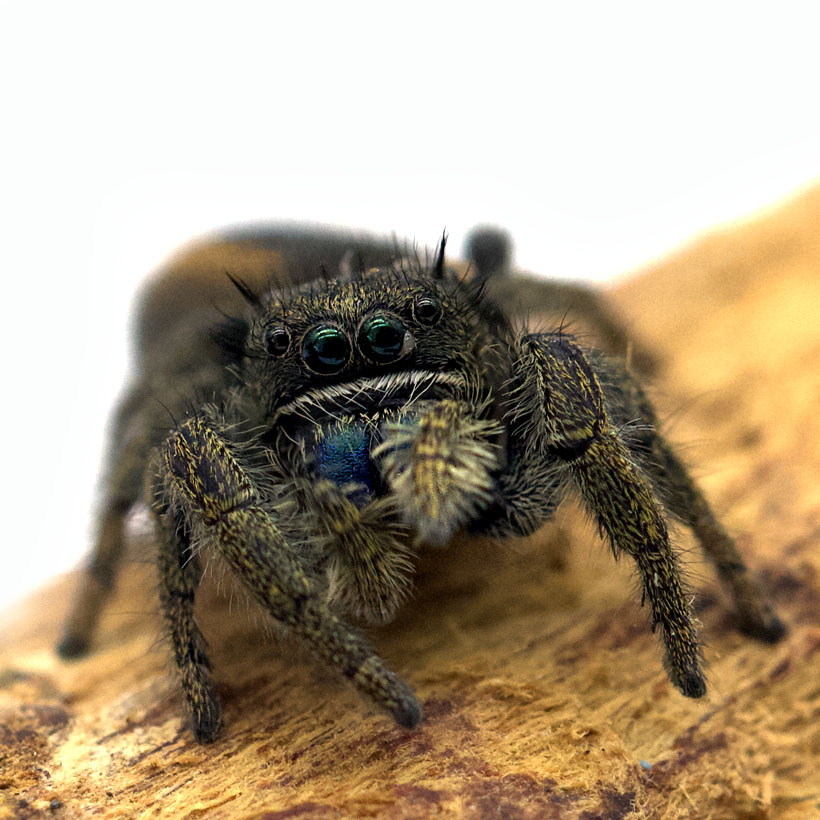
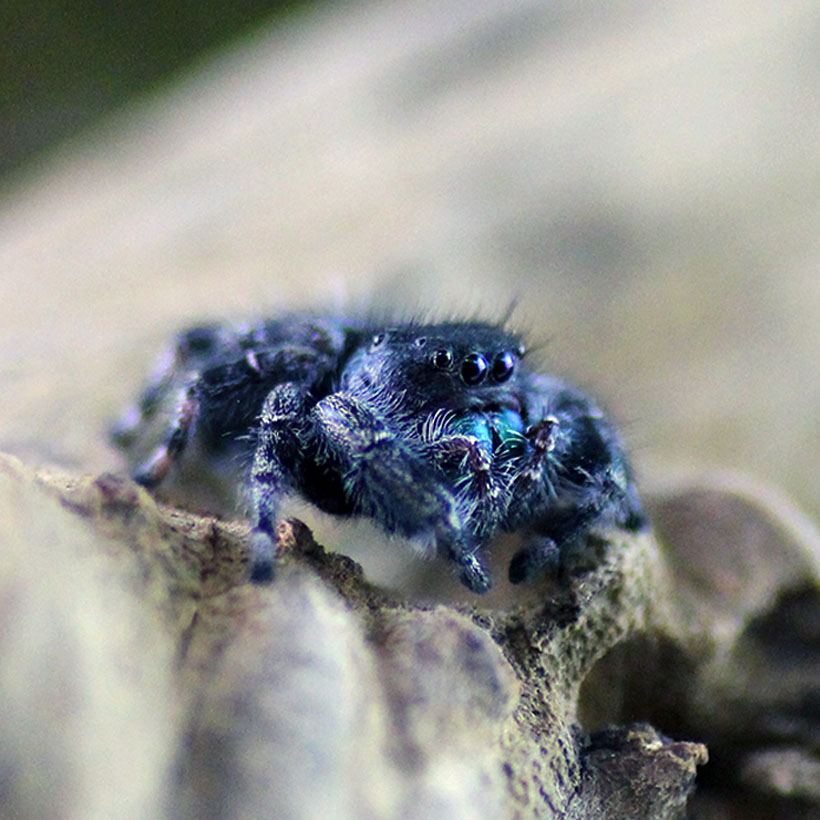
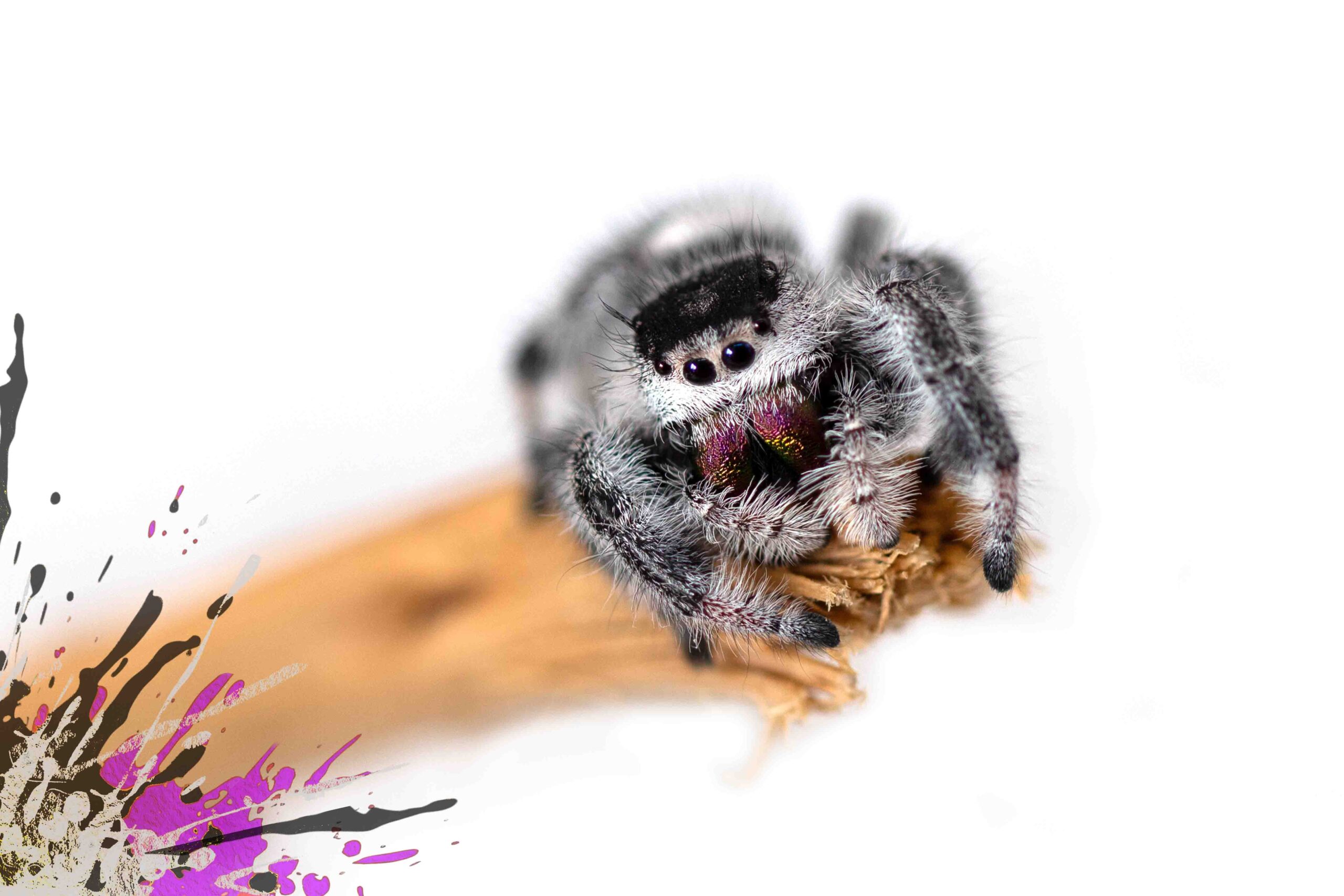

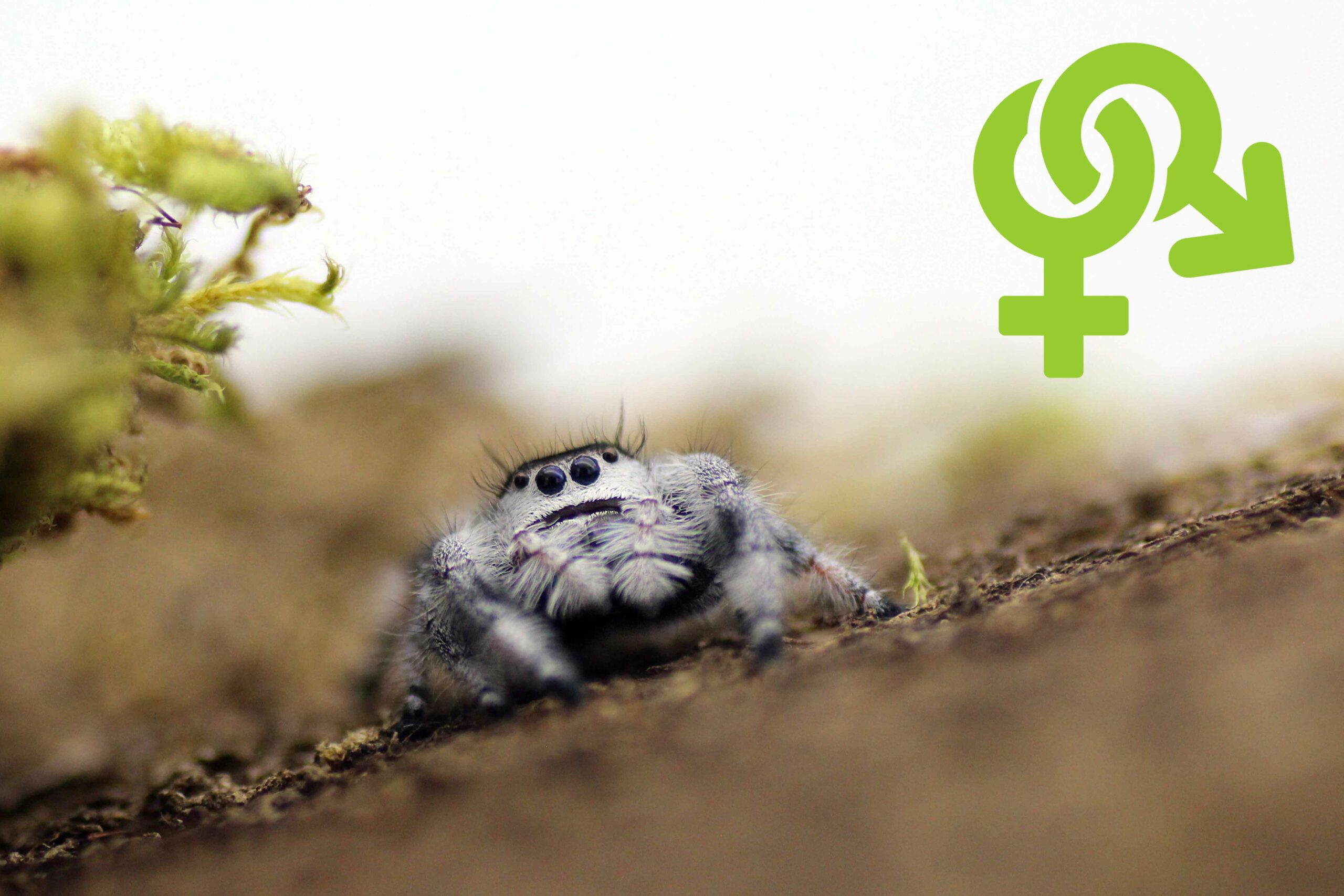
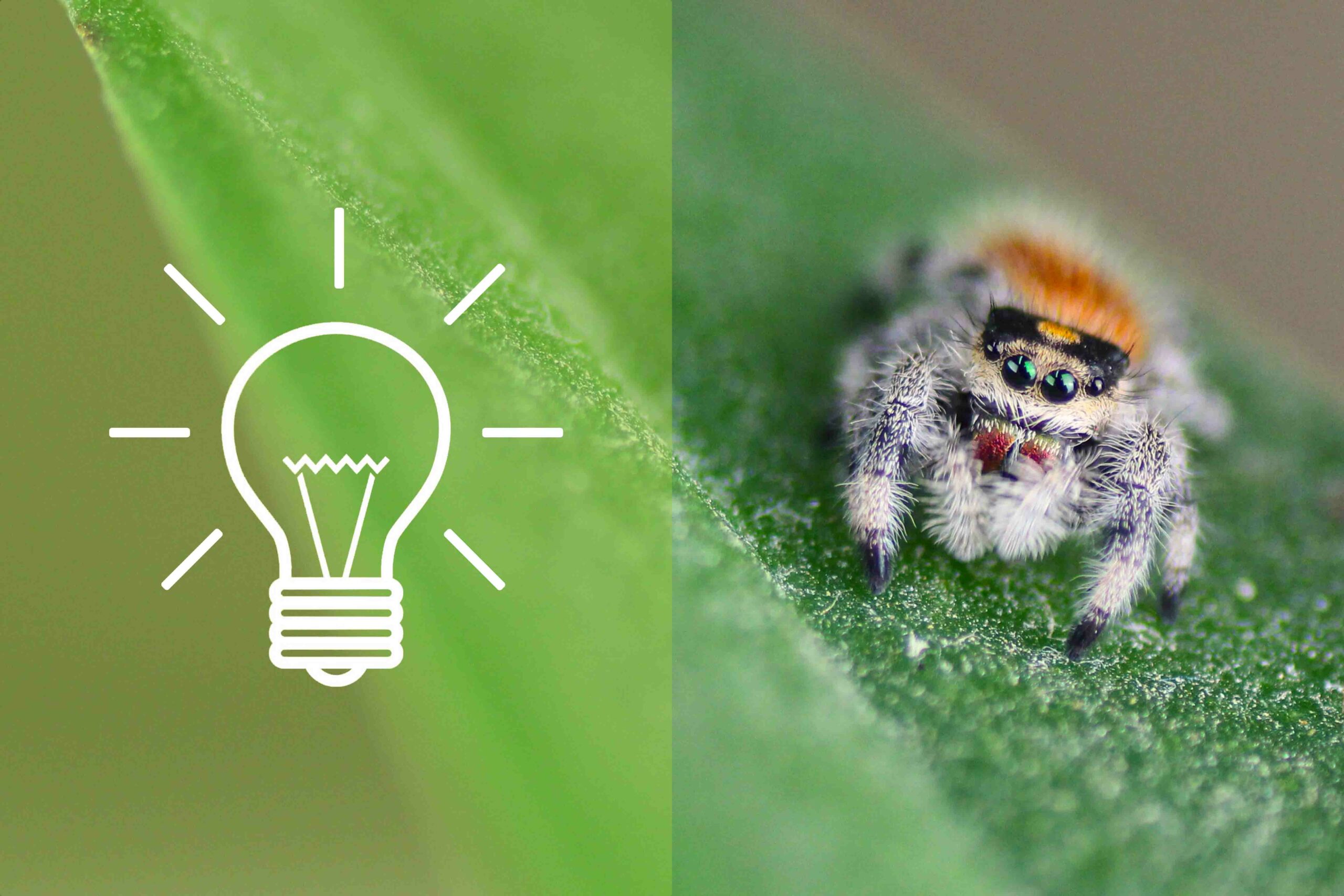

Leave a Reply
You must be logged in to post a comment.